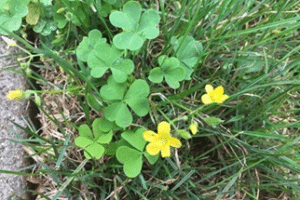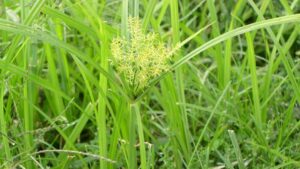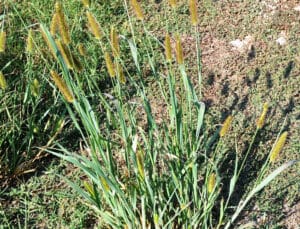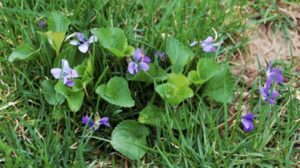TEileen Woodbyrne Lecturer, Teagasc College at the
National Botanic Gardens
Description
With the Canadian Hemlock, you get stunning evergreen growth that’s not limited to hot or cold climates. These cold hardy trees will thrive in cold regions where other varieties typically can’t grow, and also manages the heat with ease in warmer climates. Even better? They grow in poor soil conditions and adapt to the shade, actually preferring a shady spot when temperatures rise in the summer. So, the Canadian Hemlock is the evergreen that flourishes in almost any condition.
And Canadian Hemlocks are versatile. When planted in close proximity, these Hemlocks produce a dense hedge that will provide plenty of privacy. They grow together, forming a wall that also shields you from noise and high winds. The wispy foliage is surprisingly sturdy and can withstand high gusts of wind with no problem. No matter where you plant, you get a well-established, ample tree that increases property value and curb appeal.
Planting
Find a site that offers some shade. The tree requires daily direct sun, but prefers partial shade, especially in areas that have hot summer temperatures. Then, select a site with moist or well-drained soil for the Canadian Hemlock. Dig the hole twice the size as the root ball and just a little shallower. Use your fingers to separate the roots of your Canadian Hemlock and gently position downward in the hole. Position to where the trunk begins and the roots end, about an inch above the soil level. Back fill the hole, apply water to settle the soil and remove the air pockets. Protect the roots in winter against the chill by applying a thick layer of pine needles, bark or wood. Keep the mulch about 2 inches from the trunk.
Watering
Water Canadian Hemlocks well so the soil can stay moist at all times. Generally, we recommend watering once or twice weekly for best results. If you’re not sure when to water, check the surrounding soil about 3 inches down – if the soil is dry, it’s time to water.
Fertilizing
In spring, the tree can be fertilized with an evergreen tree plant food.
Pruning
Pruning is only required if you wish to keep the tree at a certain shape or size. It is not necessary for the health of the tree. Be sure to sterilize your cutting tool with some rubbing alcohol if you’re planning to prune/shape the tree
| Growing Information | |
| Mature Height: | 35-45 ft |
| Mature Width: | 20-25 ft |
| Sunlight: | Full to Partial Sun |
| Bloom Time: | |
| Growth Rate: | Moderate |
| Grows Well in Zones: | 3-7 |
| Your Growing Zone: | 6 |





